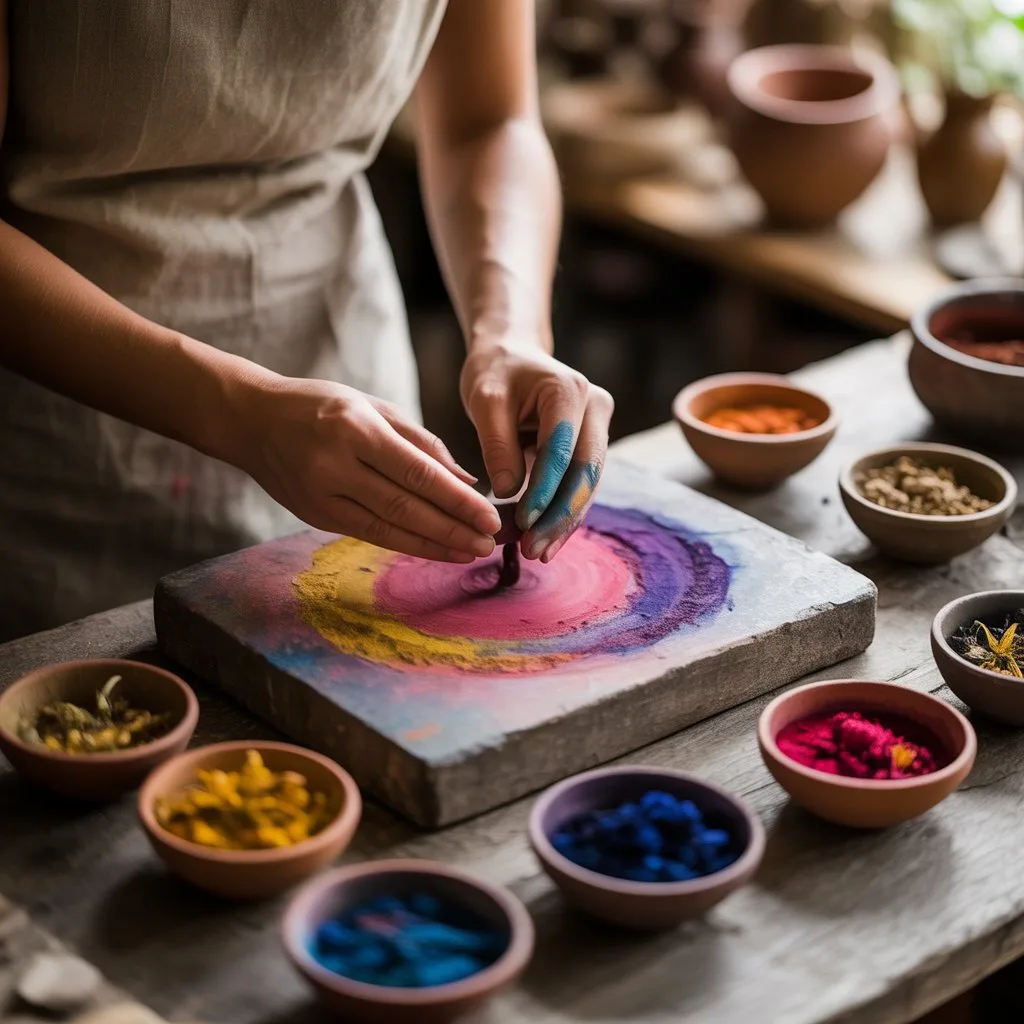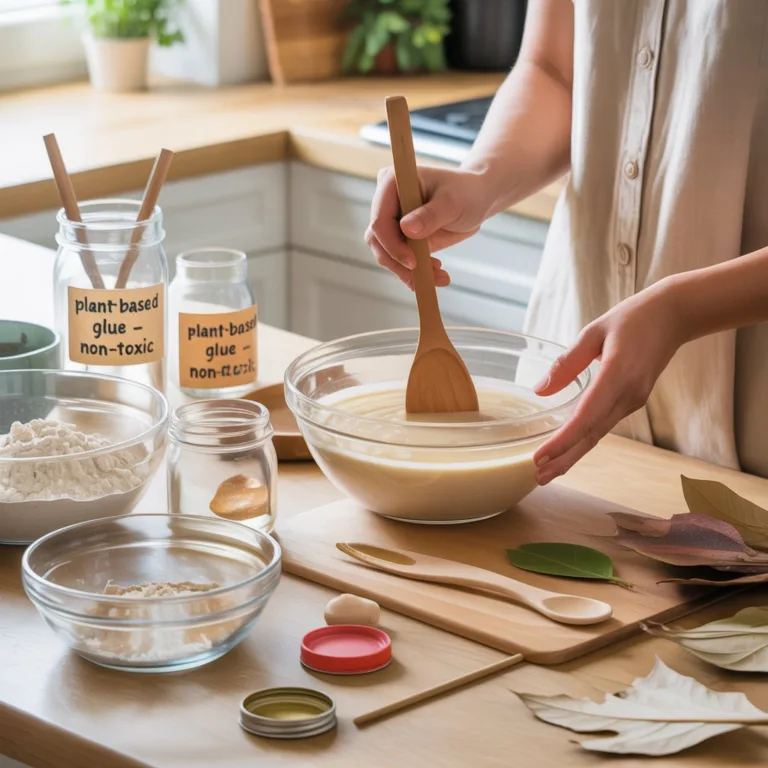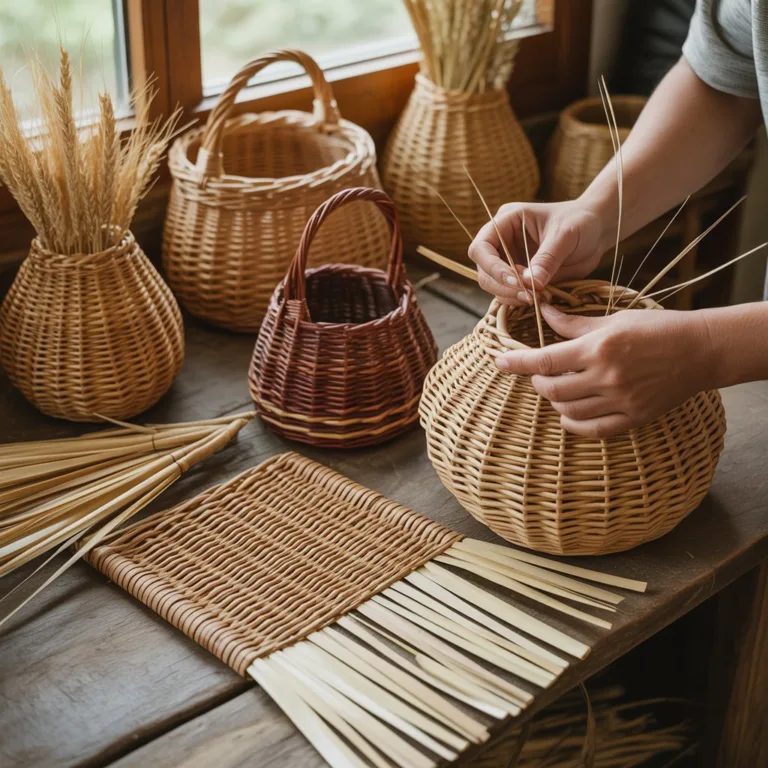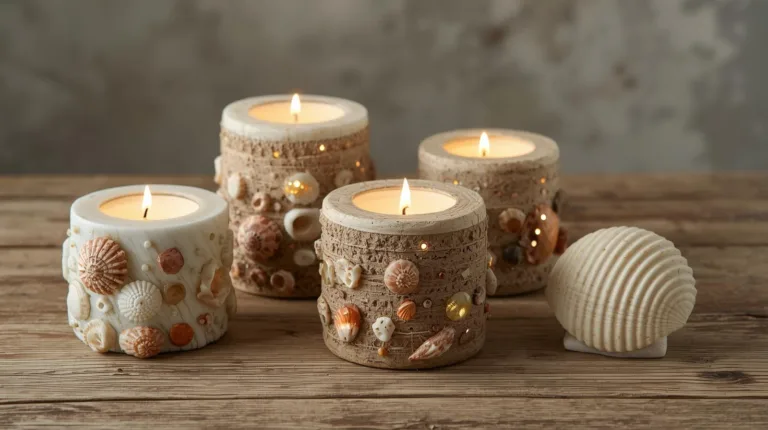Creating natural paints from plants and earth pigments is a rewarding journey that combines art, sustainability, and hands-on science. Unlike commercial paints laden with synthetic chemicals and additives, natural paints harness the power of minerals, soils, and vegetation to produce vibrant, eco-friendly colors. This approach not only reduces environmental impact but also encourages a deep connection with nature and traditional craftsmanship.

Natural paints offer a tactile, organic experience. Each pigment tells a story, carrying the history of the earth and the essence of plant life. Using these materials allows crafters, artists, and DIY enthusiasts to explore unique textures, hues, and effects that are difficult to achieve with synthetic alternatives. Whether applied to canvas, paper, fabric, or walls, these paints celebrate creativity while prioritizing ecological responsibility.
Understanding Natural Pigments
The foundation of natural paints lies in pigments derived from plants, minerals, and soils. Each source has its own characteristics in terms of color intensity, texture, and longevity. Common natural pigment categories include:
- Earth pigments: Ochres, siennas, and umbers sourced from clay and iron-rich soils. These pigments offer earthy reds, yellows, and browns.
- Mineral pigments: Ground minerals such as malachite, lapis lazuli, and hematite provide greens, blues, and deep reds.
- Plant pigments: Extracted from leaves, flowers, roots, and seeds, plant pigments offer a wide spectrum from soft pastels to vivid hues. Examples include beetroot for magenta, turmeric for yellow, and spinach for green.
Understanding the properties of each pigment is key to producing stable and vibrant paints. For instance, some plant-based pigments may fade over time if not properly prepared, while mineral pigments tend to be more permanent.
Collecting and Preparing Plant Materials
Plants provide one of the most accessible and sustainable sources of color. Harvesting leaves, flowers, bark, roots, and berries enables artists to work seasonally and locally.
- Leaves: Spinach, nettle, or kale produce green pigments.
- Flowers: Marigolds, hibiscus, or lavender yield yellow, red, and purple tones.
- Roots: Beets, turmeric, and madder roots offer deep reds and warm yellows.
- Berries: Blueberries, blackberries, and elderberries provide blues, purples, and pinks.
Once collected, plant materials must be cleaned and chopped or crushed to release pigments. Some pigments benefit from drying before processing, while others are best used fresh. Boiling or simmering plant matter in water or a mild solvent can extract concentrated colors suitable for paint-making.
Working with Earth and Mineral Pigments
Earth and mineral pigments provide stability and intensity. They are often collected as raw soils or rocks, then ground into fine powders.
- Dry grinding: Use a mortar and pestle or mechanical grinder to pulverize minerals into fine pigment powder.
- Washing and settling: Clay-based pigments may contain impurities; washing and settling in water can refine the color.
- Heat treatment: Some pigments, like ochres, can be heated to enhance hue and lightfastness.
Mineral pigments are versatile and can be mixed with plant extracts or natural binders to produce various paint textures and finishes.
Choosing Natural Binders
Pigments alone cannot adhere to surfaces—they require binders to form paint. Natural binders not only make the paint usable but also contribute to its eco-friendly properties. Common natural binders include:
- Gum arabic: Water-soluble binder ideal for watercolors and ink.
- Egg yolk: Traditional binder for tempera paints, offering a durable, opaque finish.
- Plant gums and starches: Cornstarch, rice paste, and other natural gums provide thickening and adhesion.
- Linseed or walnut oil: Oil-based binders create rich, luminous colors for oil painting techniques.
Selecting the right binder depends on the desired paint medium, surface, and drying characteristics. Experimenting with different combinations can produce diverse effects and textures.
Making Watercolor Paints
Watercolor paints are among the simplest natural paints to prepare. After extracting plant pigments or refining mineral powders, combine them with gum arabic and a small amount of water to form a paste. Adjust consistency to achieve smooth application.
Drying the paste into small pans or tubes allows for convenient storage. When applied with a wet brush, the colors disperse evenly and create transparent, luminous layers. Natural watercolors are perfect for botanical illustrations, sketches, and eco-friendly art projects.
Crafting Tempera Paints
Tempera paints are durable, vibrant, and versatile, suitable for paper, wood, and cardboard. Mixing powdered pigment with egg yolk as a binder produces a paint that dries quickly with a matte finish.
- Start by whisking the egg yolk until smooth.
- Gradually add pigment powder, stirring to achieve a creamy consistency.
- Apply the paint directly or thin with water for translucent layers.
Tempera can be stored for short periods, but fresh preparation ensures optimal color intensity. Combining tempera with natural pigments allows for striking, historically inspired colors without synthetic additives.
Oil Paints from Natural Pigments
Oil paints provide rich textures and long-lasting results. Grind mineral or earth pigments finely and mix with linseed, walnut, or poppy oil. The ratio of oil to pigment affects flow, opacity, and drying time.
- More oil produces a smooth, glossy finish.
- Less oil increases thickness and opacity.
Oil paints are ideal for canvas and wood panels, allowing artists to layer colors, create blends, and manipulate textures. Using natural pigments ensures that the colors remain vibrant while avoiding chemical solvents found in conventional paints.
Experimenting with Plant Dyes
Plant pigments often require stabilization to prevent fading. Adding a small amount of alum, vinegar, or lemon juice can help fix the color to the binder and surface. Some pigments, like beetroot or hibiscus, may shift in tone over time, creating natural variation and depth.
For creative effects, consider layering plant-based colors, mixing them with earth pigments, or applying as washes over textured surfaces. Each technique highlights the organic quality of the materials and produces a one-of-a-kind result.
Creating Textures and Effects
Natural paints allow for experimentation with textures not easily achieved with commercial options. Incorporate materials such as:
- Sand or fine clay for tactile surfaces.
- Ground coffee or tea for muted, earthy tones.
- Crushed leaves or petals for embedded textures.
Layering, stippling, and dry brushing techniques enhance the paint’s visual and tactile qualities. These effects celebrate imperfection and organic beauty, distinguishing natural paints from mass-produced, uniform products.
Surface Preparation
For optimal adhesion, prepare your painting surface carefully. Paper, canvas, wood, and fabric all require slightly different treatments:
- Paper: Heavier, uncoated paper absorbs water-based paints well.
- Canvas: Priming with natural gesso (chalk and glue mixture) prevents paint from soaking through.
- Wood: Sand and seal lightly to prevent uneven absorption.
- Fabric: Prewash to remove sizing and treat with mordants if using plant-based pigments.
Surface preparation ensures longevity, vibrant color, and smooth application.
Storing and Preserving Natural Paints
Natural paints can be stored effectively with proper care. Keep in airtight containers to prevent drying and contamination. Water-based paints may be refrigerated for extended shelf life. Oil paints should be kept in glass jars with minimal air exposure.
Labeling each pigment and binder combination is helpful for replicating colors in future projects. Over time, natural paints may evolve in hue, reflecting their organic origins—a characteristic appreciated by many artists.
Teaching and Sharing Natural Paints
Making natural paints is an excellent educational tool. It connects participants with the chemistry of colors, the ecology of plants, and traditional art practices. Workshops can demonstrate sustainability, environmental awareness, and creative problem-solving.
Children and adults alike can learn how simple ingredients from the earth can produce vibrant art, fostering appreciation for natural materials and reducing reliance on synthetic, polluting products.
The Creative and Environmental Impact
Using plants and earth pigments for painting encourages mindful consumption and a slower, more intentional approach to creativity. Each brushstroke becomes an act of connection with nature, a celebration of material origins, and an exercise in resourcefulness.
Beyond aesthetics, natural paints reduce exposure to toxic chemicals and support sustainable lifestyles. They remind us that art can be beautiful, expressive, and environmentally responsible simultaneously.
Artists, educators, and hobbyists can contribute to a greener creative practice by choosing plant-based and mineral pigments, experimenting with binders, and celebrating organic imperfections.
Natural paints transform not only the surfaces they cover but also the way we interact with our materials, cultivating patience, observation, and ecological awareness.

Lucas Hartman is a DIY enthusiast and sustainability advocate focused on natural crafts and eco-friendly home décor. With a background in arts and design, Lucas creates tutorials that help families and hobbyists transform everyday recycled or organic materials into beautiful, functional projects.



